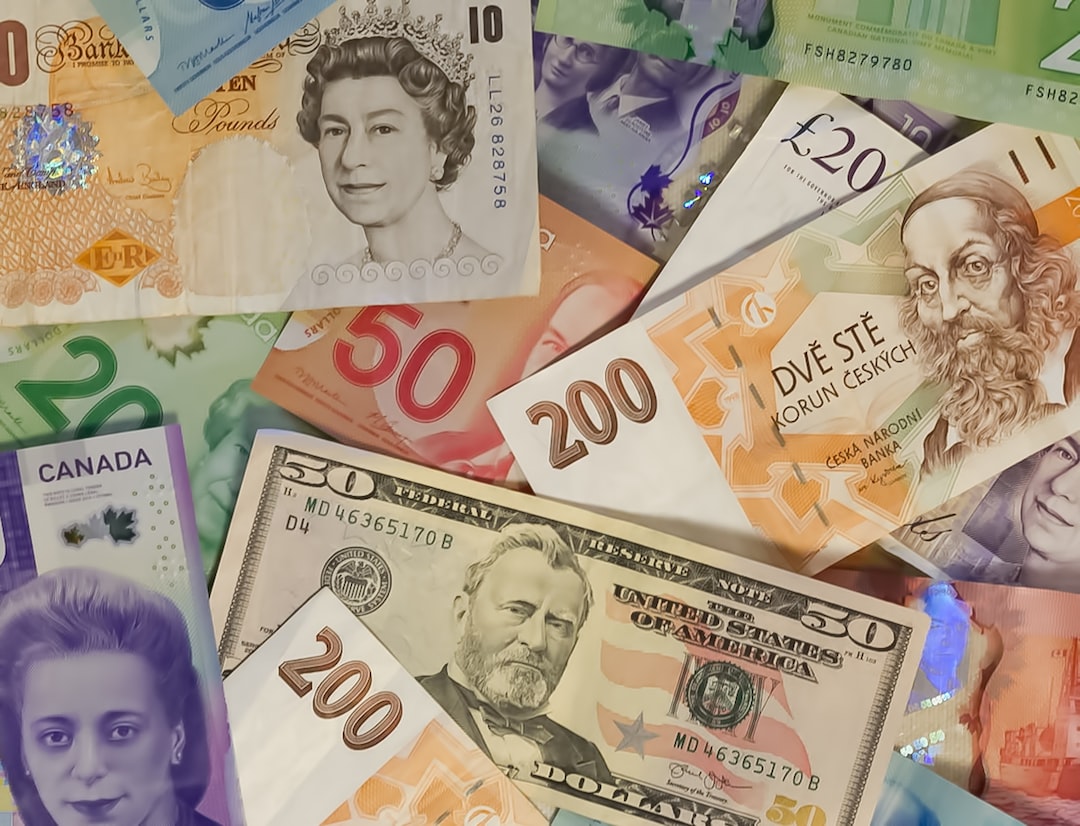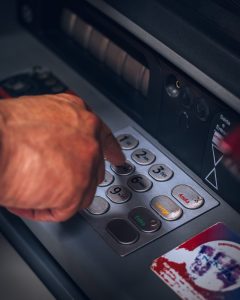The forex market is a decentralized market where currencies are traded 24 hours a day, five days a week. One of the most important aspects of forex trading is understanding how to read volume. Volume is a crucial data point that can help traders make informed decisions about when to buy or sell currencies. In this article, we will explore how to read volume in forex and why it is an essential tool for traders.
What is Volume in Forex?
Volume in forex refers to the number of currency units traded during a particular period. This volume is an essential metric for traders as it provides an indication of market activity. The higher the volume, the more activity is taking place in the market, and the more liquid the market is. In other words, high volume indicates that there are many buyers and sellers in the market, making it easier for traders to buy or sell currencies.
Volume is typically measured in lots, with each lot representing 100,000 units of the base currency. For example, if a trader buys one lot of EUR/USD, they are buying 100,000 euros. Similarly, if a trader sells one lot of GBP/USD, they are selling 100,000 British pounds.
Reading Volume in Forex
There are several ways to read volume in forex, including:
1. Volume Indicators
Volume indicators are tools that traders can use to analyze volume in forex. These indicators can be added to forex charts to help traders visualize and interpret volume data. Some popular volume indicators include:
a. On-Balance Volume (OBV): This indicator measures the cumulative volume of a currency pair by adding the volume on up days and subtracting the volume on down days. OBV is plotted as a line on the chart and can help traders identify trends in volume.
b. Chaikin Money Flow (CMF): This indicator measures the amount of buying and selling pressure in the market by comparing the closing price to the high and low of the trading day. CMF is plotted as a line on the chart and can help traders identify potential trend reversals.
c. Volume Price Trend (VPT): This indicator combines volume and price data to provide a more comprehensive view of market activity. VPT is plotted as a line on the chart and can help traders identify divergences between price and volume.
2. Candlestick Charts
Candlestick charts are a popular way to visualize volume data in forex. Each candlestick represents a period of time, such as one hour or one day. The size of the candlestick represents the range between the high and low prices during that period, while the color of the candlestick indicates whether the price closed higher or lower than it opened.
Traders can use candlestick charts to analyze volume by looking for patterns such as:
a. High Volume Spikes: These occur when there is a sudden surge in buying or selling activity. High volume spikes can indicate that a trend is about to start or end.
b. Long Candlesticks: These occur when there is a significant price movement during a period. Long candlesticks with high volume can indicate a strong trend.
3. Trading Volumes
Trading volumes are published by forex brokers and provide a snapshot of the number of trades and the volume of those trades in the market. Traders can use trading volumes to analyze market activity and identify potential trading opportunities. For example, if a currency pair has a high trading volume, it indicates that many traders are interested in that pair, which could lead to increased volatility and trading opportunities.
Conclusion
Volume is a crucial tool for forex traders as it provides an indication of market activity and liquidity. Traders can use volume indicators, candlestick charts, and trading volumes to analyze volume data and make informed trading decisions. By understanding how to read volume in forex, traders can identify potential trend reversals, market trends, and trading opportunities.





